In this article I’ve summarized some of the paragraphs of the book Astrologers And Their Creed: A Historical Outline by Christopher Mcintosh. I also include other relevant sources for clarification or additional information.
It’s a wonderful 1969 book that provides many interesting facts about how astrology originated and developed in different countries.
Early star traditions
There are many traditions and myths surrounding the planets and stars. Some people in Kongo, for example, believed that the Earth will one day disappear, whilst the Moon will live forever.
They explained this by the myth of God summoning both the Earth and Moon to appear before him. The Earth was late whilst the Moon came immediately. As a reward, the Moon was granted immortality whilst the Earth was told to have her days counted.
Among some groups in the Pacific, the Sun and Moon were considered the children of God or first people. Some cultures believed these and other heavenly bodies to have been formed from an undefined being.
Ancient Vanuatu people believed the Sun and Moon to be a husband and wife who lived on earth and later climbed into the sky. Certain Polynesian tribes believed stars to be the children of the Sun and Moon, whilst Australian aborigines viewed certain constellations to be placed in the sky as humans who did great deeds on earth.
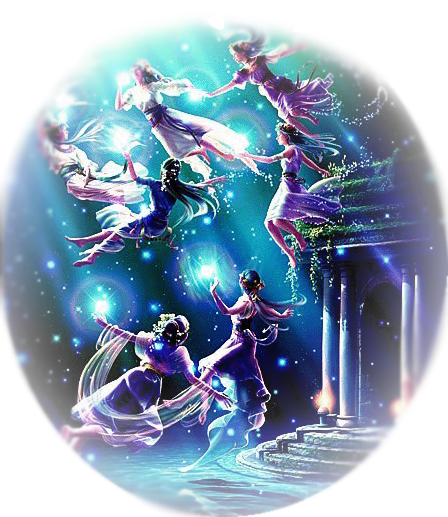
We find a similar belief in Greece and India as well. In Greece seven human sisters became the Pleidades constellation, for example, and in India the seven sages (saptarshi) are identified with the constellation Ursa Major.
The same constellation (Ursa Major) in Greece was identified with the nymph Callisto who was turned into a bear by the jealous wife of Zeus.
Babylonian astrology
The Babylonians imagined that not only the Moon but also the Sun revolved around the Earth. They pictured these two great luminaries as playing a series of different roles as they passed through the different stages of their journey. It was as if they put on a different mask every time they entered a new constellation.
Astrologers And Their Creed
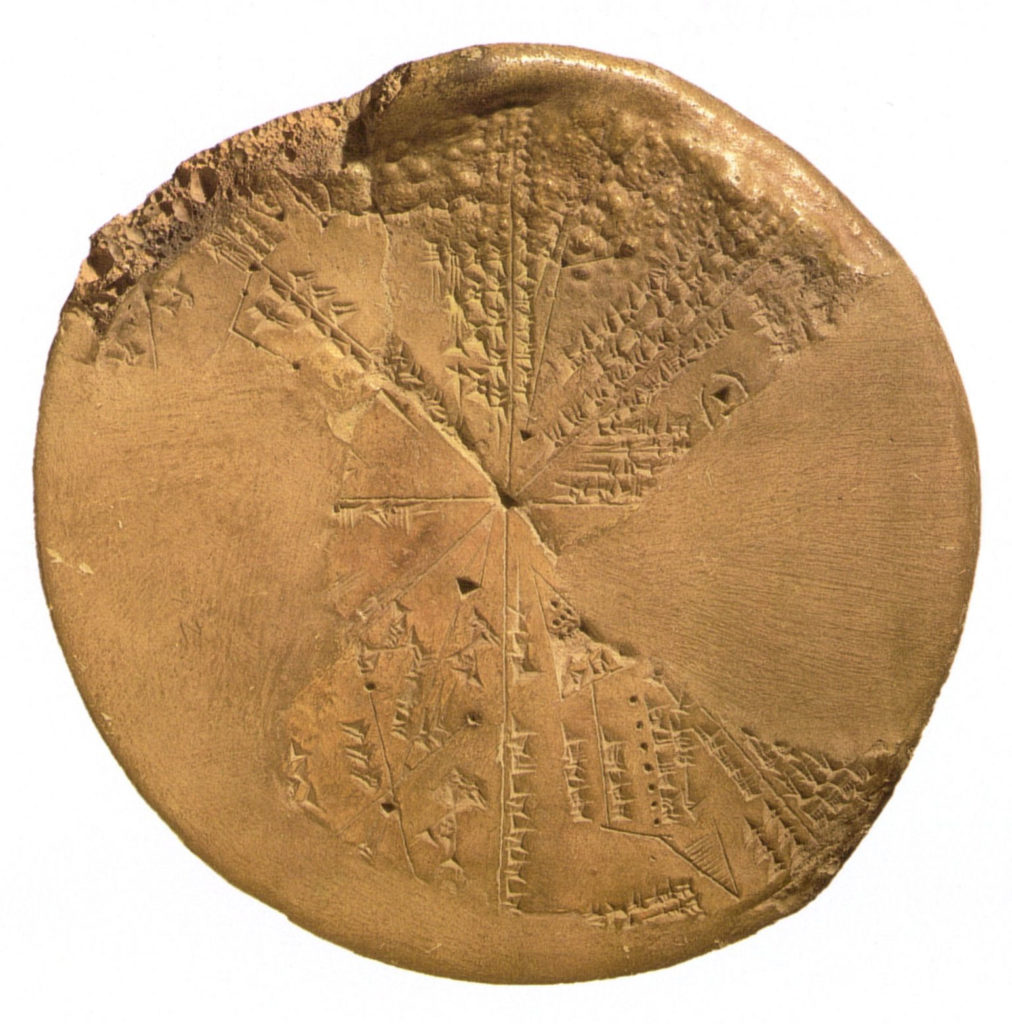
In Babylonia stars and planets were thought of as a flock of sheep with the Sun as their leader, especially in the month of March, when the Sun was in Aries.
And when the Sun would be in Aquarius, for example, it was considered in its rain-giving role, as in January Babylon would experience heavy rainfall.
Babylonian horoscope readings were recorded in cuneiform writing on stone tablets. Below is a 234-235 BC horoscope reading for a man named Aristocrates, taken from Cuneiform Digital Library Initiative:
Year 77 (of the Seleucid Era), month of Simanu, fourth day, in the morning(?) of the fifth(?), Aristocrates was born. That day, the moon was in Leo, the sun was in 12;30° Gemini … Venus was in 4° Taurus. The place of Venus (means): he will find favor wherever he goes; he will have sons and daughters. Mercury was in Gemini, with the sun. The place of Mercury (means): the brave one will be first in rank; he will be more important than his brothers; he will take over his father’s house.
Cuneiform Digital Library Initiative
CDLI states that astronomy and astrology played a crucial role in ancient Mesopotamia, especially in the first millennium BC.
So far thirty-two Babylonian horoscope tablets were found and some of these tablets are the oldest horoscope readings in the world. CDLI states that “Each Babylonian horoscope tablet describes the positions that the sun, the moon, and the planets had held at the moment of the birth of a particular individual, sometimes specifying their auspicious or inauspicious implications”.
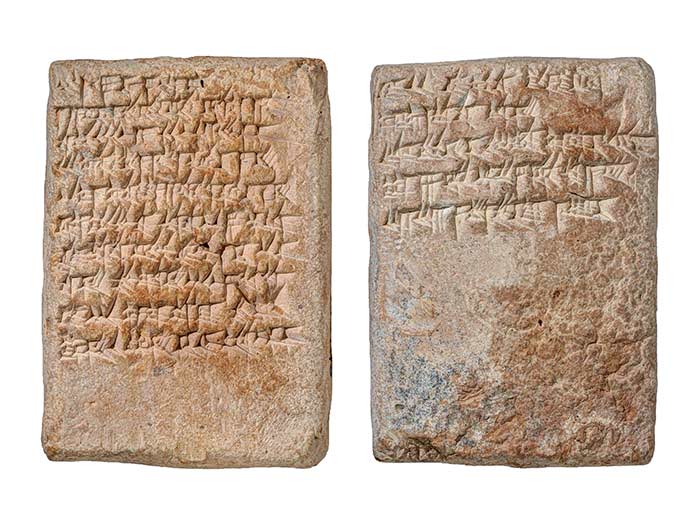
Egyptian astrology
Astrologers And Their Creed book states that Egyptians at first knew almost nothing about astrology only to later claim it as their invention. Indians sometimes claim astrology to be their invention also, but it’s Babylon that seems to be its birthplace.
Astrology did not come to Egypt until the Persian conquests brought it there in the sixth century BC and it only developed fully during the Hellenistic period.
Long before this there was a star tradition in Egypt but it wasn’t much developed. The earliest astronomical texts of Egypt are found on coffin lids of the Middle Kingdom period (around 2100 – 1800 BC).
Here’s an astronomical ceiling decoration from the Senenmut’s Tomb. Senenmut, an architect and a government official, lived during the fifteenth century BC.
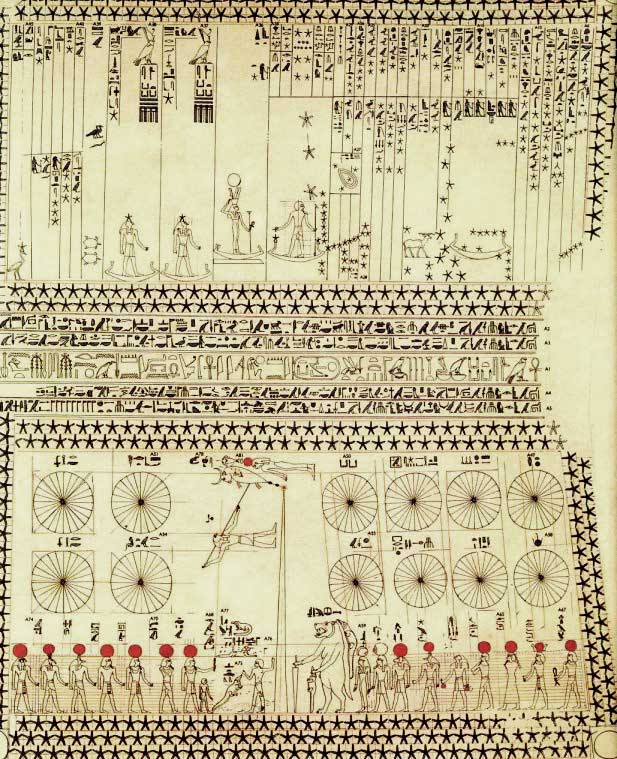
Wikipedia describes this particular drawing in this way:
The Celestial Diagram consisted of a northern and a southern panel which depicted circumpolar constellations in the form of discs; each divided into 24 sections suggesting a 24-hour time period, lunar cycles, and sacred deities of Egypt. Of the constellations present on the diagram, the only certainly identifiable was Meskhetyu with the Big Dipper because of the difficulty that arises when an attempt is made to match modern day constellations with the depictions made thousands of years ago by the ancient Egyptians.
Wikipedia
Finally, to keep this post at a reasonable length, I’m including one more very interesting chapter summary on the Gnostic take of the star lore.
Gnostic understanding of planets and stars
The Gnostic religion, however, made an extraordinary reversal of the previous attitude to the planetary divinities. Whereas in Hermeticism and the other mystery cults which I have mentioned the planetary gods were revered as guardians of man’s fate, in Gnosticism they were regarded as deadly enemies to be despised and struggled against.
Astrologers And Their Creed
Traditional Christians loathed gnostics because they believed the creator god to be an inferior god (demiurge) who had to be overcome in order to return to the true God that is found beyond the demiurge’s created universe.
This inferior god rules the world through powers called “archons” each of whom were given specific sphere of influence to exercise their powers.
Gnostics claim the man’s body and soul to have been created by the demiurge, but the spark (spirit) within the man is from the true God. It has fallen into the realm of matter and now it’s held captive by the demiurge and its servants.
Listen to “Origins of Astrology and Its Development in Different Cultures” on Spreaker.
By perpetuating themselves, humans are kept prisoners of this material world. The spheres are a series of prisons surrounding the earth. Each sphere is ruled by an archon, and archons try to prevent souls from escaping so that they don’t find their way back to the true God.
This belief is very similar to that of Mandeans, ancient followers of John the Baptist. They also saw planets as barring their passage to the true God, and they taught that only if you relinquish each evil quality given by each planet, can you hope to be free from their influence; because if you don’t have anything of the planets in you, they cannot touch you.
In Gnostic belief (like we find it written in Pistis Sophia) Jesus, during his ascension, disturbed the powers of planets and now they no longer hold humans by unmovable fate. It’s been destroyed somewhat, so humans can exercise their free will to be released from the fetters of planets rather than being slaves of the impulses given by them.
It’s told that Jesus disturbed the fixed fate by introducing “irregularity into the operation of the planets”. Then Mary Magdalene asked whether horoscope-casters would still be accurate in their predictions since he had disturbed the powers of planets. Jesus answered:
If the horoscope-casters find the Fate and the sphere turned towards the left, according to their first extension, their words will come to pass, and they will say what is to take place.
Pistis Sophia
But if they chance on the Fate or the sphere turned to the right, they are bound to say nothing true (…).
But now I have made them spend six months turned to the left and six months turned to the right. He who then shall find their reckoning from the time when I changed them, setting them so as to spend six months facing towards their left and six months facing their right paths; he who then shall observe them in this wise, will know their influences surely and will declare all things which they will do.
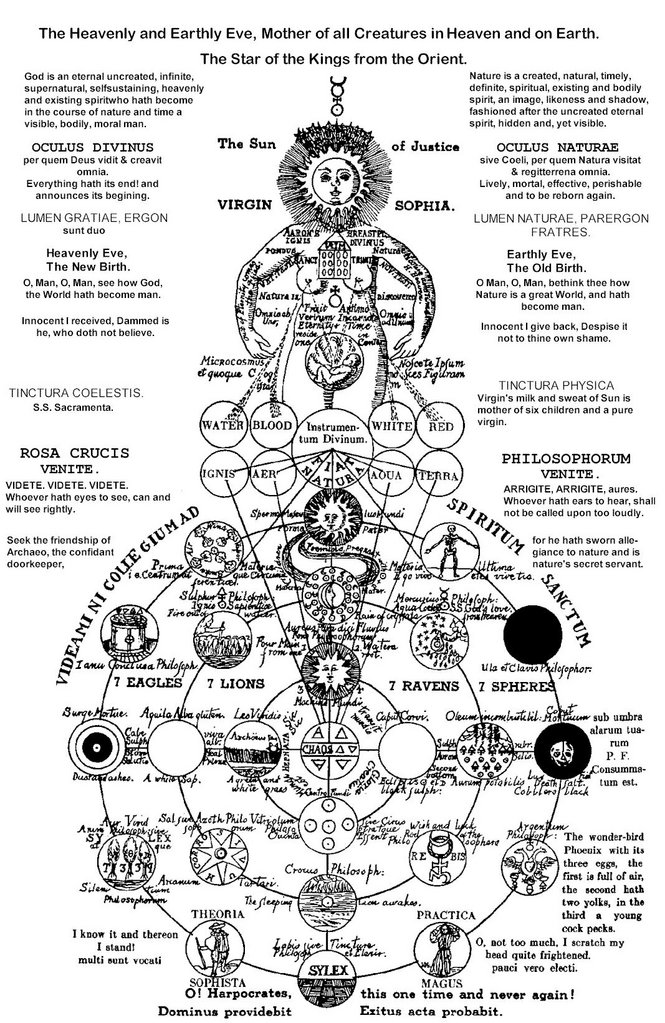
Finally…
In this article I used additional sources (all linked where appropriate) but most information came from the book Astrologers And Their Creed by Christopher Mcintosh. You can read it for free on one of my favorite sites Archive.org.
If you wish to share additional information or insights about the subject of this post, leave a comment below.


Hi,
Can you please simplify the Jesus quote by Pistis Sophia?
Thank you
If you’re referring to the one where he had weakened the powers of stars, it means that the stars no longer have a full say, but that our willpower can win over the star influence.
Hi,
Yes, that I understood.
I couldn’t understand where it says sphere turning left or right, six months on each side
Thank you
Flat earth spheres? I also don’t know:)
Ok,
Thank you